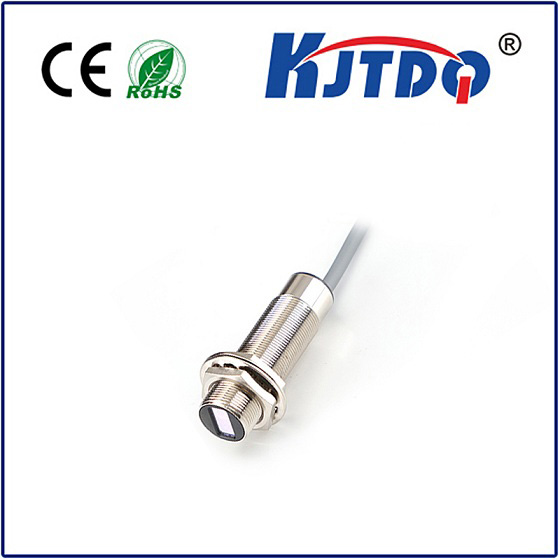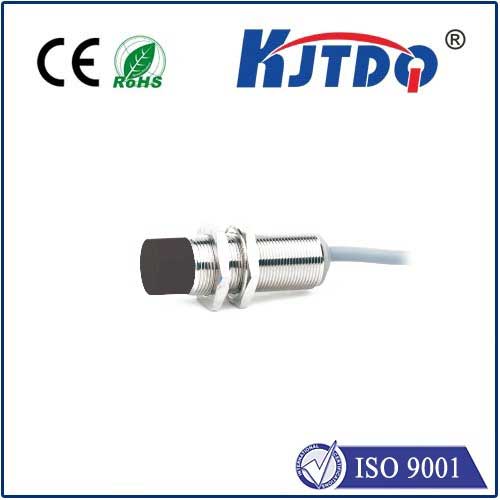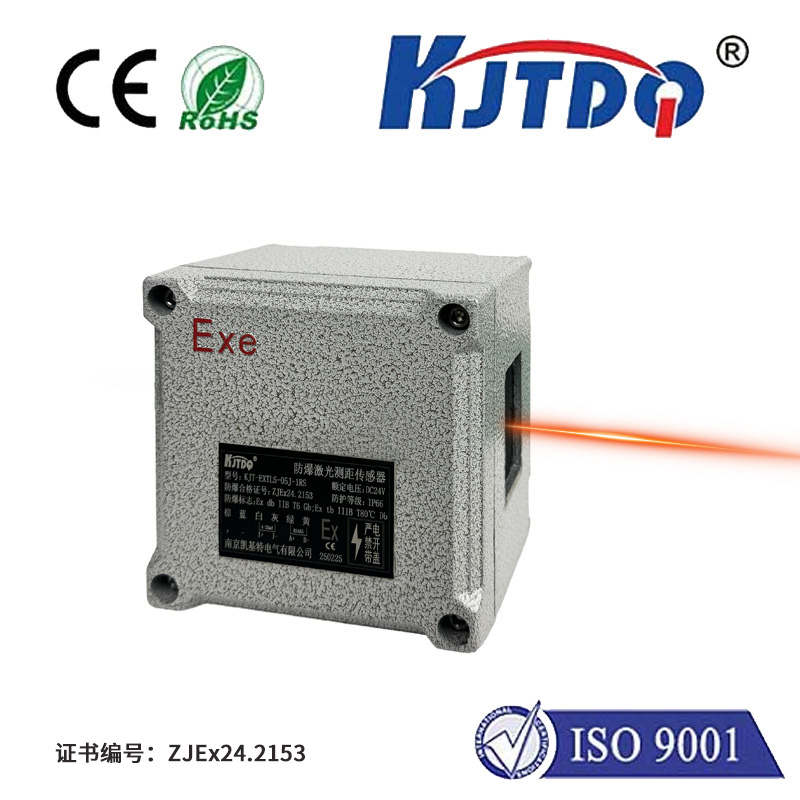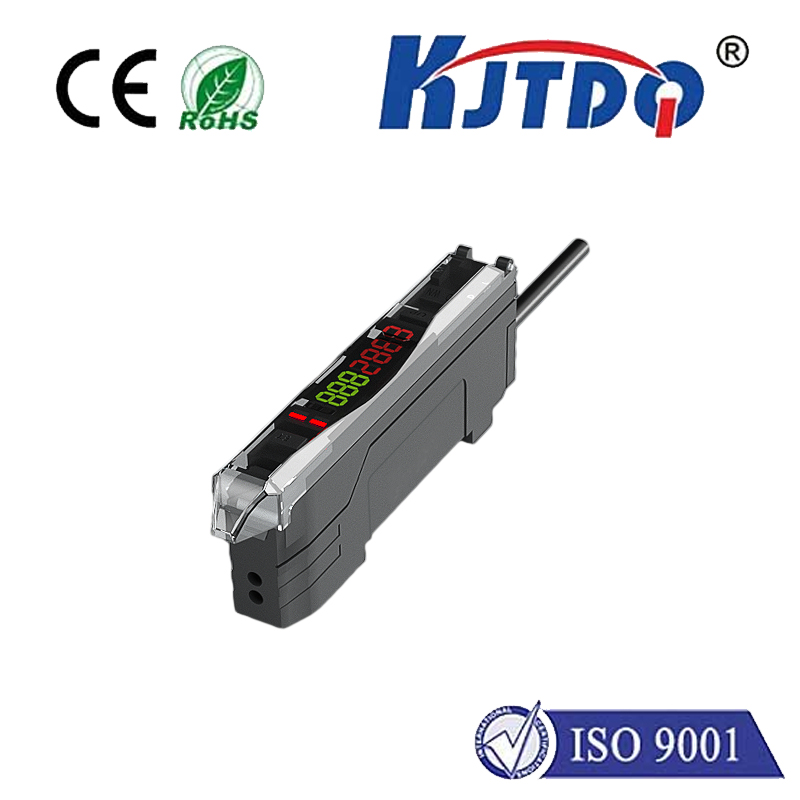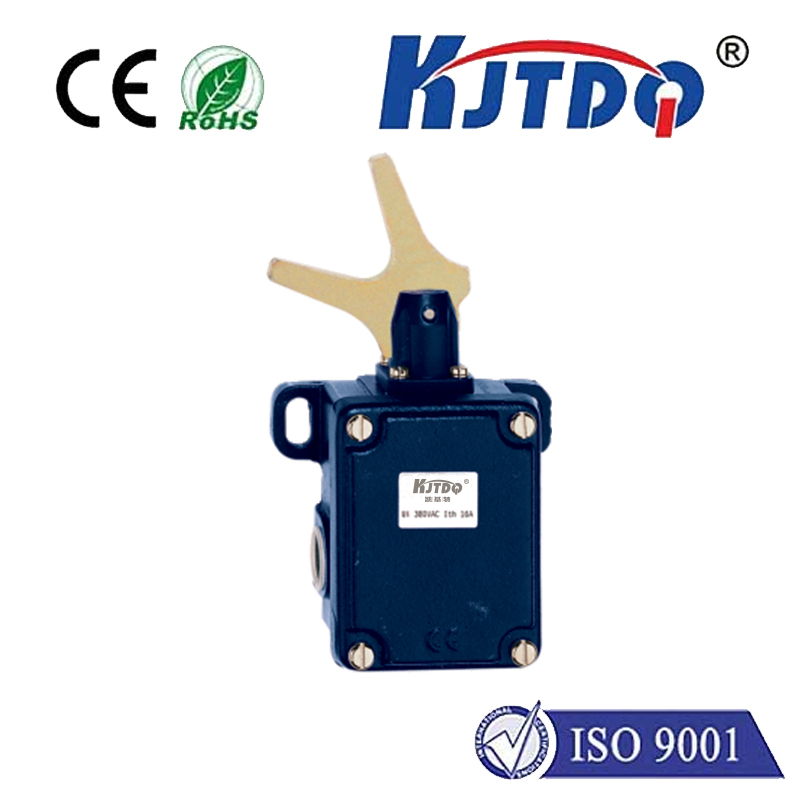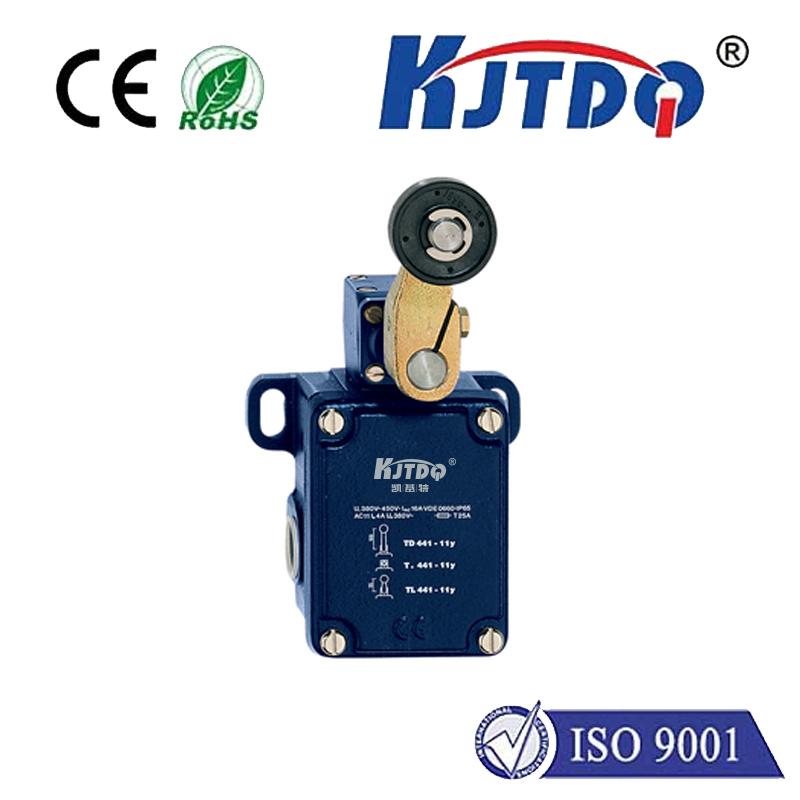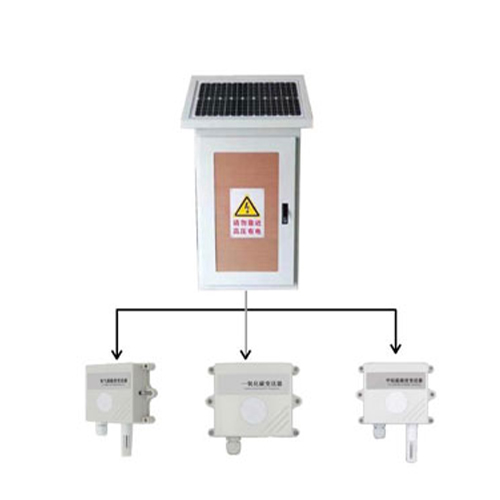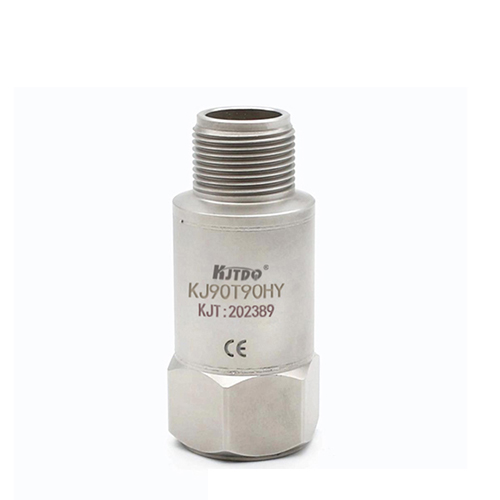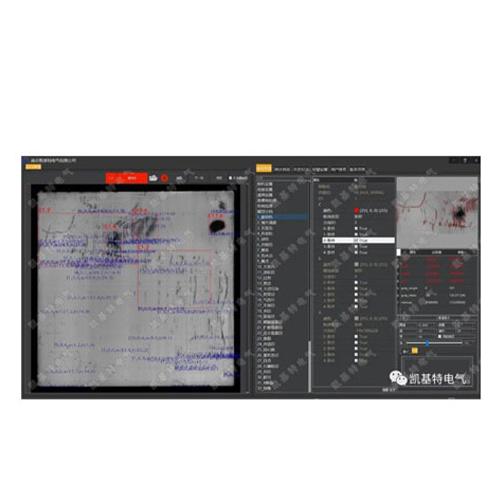

check

check

check

check

check

check

check

check

check

check
Title: Understanding Limit Switch, Lever Arm and Their Importance in Industrial Control Systems
In today's industrial environment, automation is becoming increasingly prevalent. One of the key components of automation systems is the limit switch, which plays a crucial role in ensuring safe and efficient operation of machines. This article explores the concept of limit switches, their types, function, and importance in industrial control systems.
Introduction to Limit Switches and Lever Arm
A limit switch is a mechanical device that interrupts the flow of electricity when a certain level of resistance is reached. It is often used as a manual or automatic switch to control the opening or closing of a machine, protecting it from damage caused by over-voltage or overloading. The term "lever arm" refers to the length of the arm attached to the switch, which determines its sensitivity to movement. A longer lever arm provides greater sensitivity, while a shorter one reduces it.
Types of Limit Switches
There are several types of limit switches available on the market, each with its unique features and application. Some of the common types include:
1. Contact Limit Switches: These switches use a metal contact to detect the presence or absence of an object. They are widely used in automotive and aerospace industries.
2. Removable Link Limit Switches: These switches consist of a movable link that connects to a shaft or gear when the lever arm is in motion. When the link is no longer connected, the switch opens or closes.
3. Toggle Limit Switches: These switches use a spring mechanism to toggle between two positions when the lever arm is moved. They are commonly used in industrial applications where frequent switching is required.
Function of Limit Switches in Industrial Control Systems
Limit switches play a critical role in ensuring safe and efficient operation of industrial control systems. Here are some of their functions:
1. Safety: Limit switches help prevent machines from operating beyond their safe limits, which can lead to damage or injury. They also provide an early warning signal if there is any abnormal operation, allowing for timely corrective action.
2. Process Control: Limit switches are used to control the flow of materials through processing equipment such as filters, conveyors, and mixers. By monitoring the position of the lever arm, operators can ensure that the equipment is operating within specified parameters.
3. Monitoring and Maintenance: Limit switches can be used to monitor the performance of machines and identify potential issues before they become serious problems. They also help schedule maintenance activities based on the age and condition of the equipment.
Conclusion
In conclusion, limit switches and lever arms are essential components of industrial control systems that ensure safe and efficient operation of machines. With their various types and functions, they offer a wide range of applications in different industries. It is important for operators to understand their roles and characteristics to effectively utilize them for optimal results.
